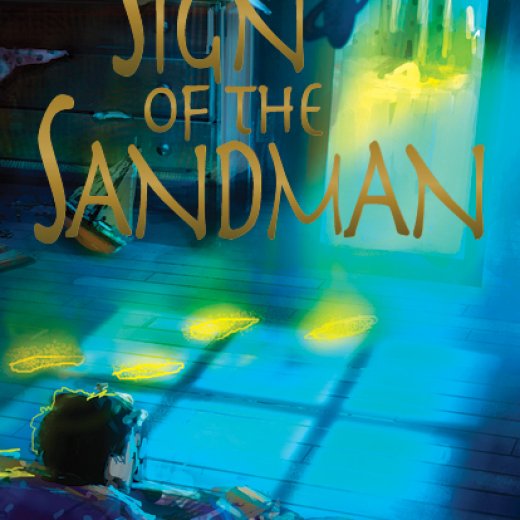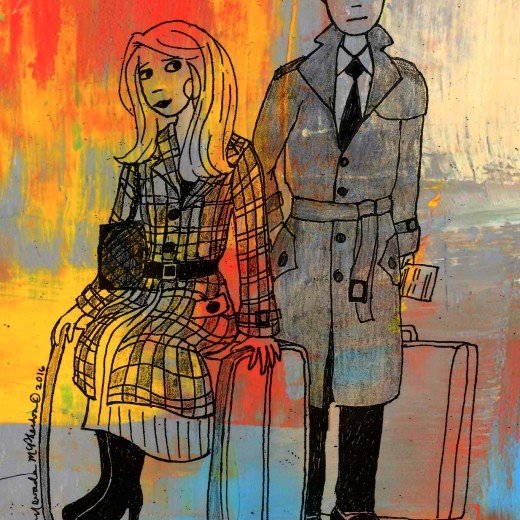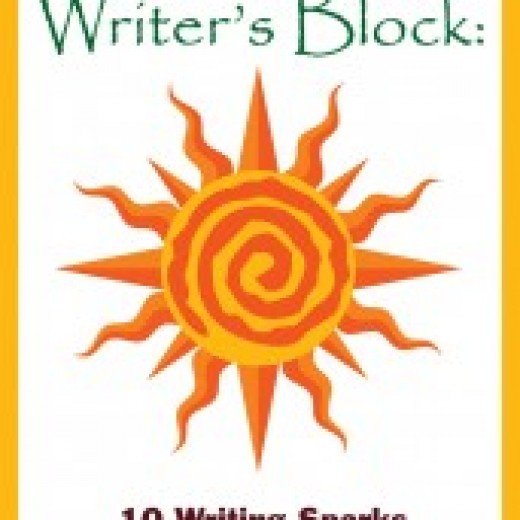Is your character’s motivation strong enough? by Carol Malone
This material first appeared as a course within the Group Coaching Program for Novelists where Carol is an assistant mentor. Click here for more information about the program where we help novelists write, edit, publish, and market their books with joy, love, enthusiasm, and smarts.
***
 Help me welcome back author Carol Malone who’s here with another one of her lessons geared to making you a better writer and critiquer. In this lesson, Carol instructs us in the understanding and use of Goals and Motivation to help create more compelling characters. Enjoy!
Help me welcome back author Carol Malone who’s here with another one of her lessons geared to making you a better writer and critiquer. In this lesson, Carol instructs us in the understanding and use of Goals and Motivation to help create more compelling characters. Enjoy!
***
“Trevor’s only wanted to raise her girls and fight for her community nursing program. She didn’t have time to be distracted by the hot fireman she burned years ago by refusing his marriage proposal. If she could just remind herself of her desires each day, it wouldn’t be so hard working closely with him to help his father recover from a stroke.” Take Harte a novel by Carol Malone.
Can you tell from the above thought what goals my heroine has and what motivation she’ll need to accomplish that goal? Can you tell what conflicts will pop up to keep her from reaching those goals?
If you can, you’ve just ascertained what so many writing instructors, including Beth Barany has preached consistently, and that’s knowing what your characters’ GMC will be BEFORE you pen your story. What are your characters’ main goals? What motivates them to stretch to reach them, and what will stand in their way? In other words:
What is GMC—goal, motivation and conflict, and how does having a grasp of how to write them affect our characters’ lives within the story?
It took a while to arrive at a goal for my character Trevor. She discovered in the opening of her story she wanted to start her new job and raise her girls. She has these goals and the hero has no place in them. Her motivation is happiness, success, raising responsible children, and aiding a community with a program for the needs of seniors. GM and the discovery of what our characters want IS the heart of great story telling.
Consider Dorothy from the “Wizard of Oz.” By a show of hands, who can tell me what her first goal is? Right. She wants to find a place of peace over the rainbow. What happens when that goal is frustrated and she lands in Oz? What’s her next goal? Now she wants to go home–“there’s no place like home.”
Is Dorothy motivated to reach her goals? Will she face flying monkeys and a giant-sized hour glass signaling her death to get home to Auntie Em? Absolutely. She even fights a wicked witch and her own mortality to get the broomstick so the wizard can send her home. Strong goals. Strong motivation.
If there were no challenges for Dorothy, if her life was basically getting up every day, going to school, playing with Toto, and doing chores before eating a great home-cooked meal every night, that would be boring. Not many of us would have read and loved her story, or watched her movie without her GMC being strong and urgent.
We want to see characters faced with insurmountable odds, clinging to goals and hopes they are willing to lay it all on the line to accomplish. Thus we have the basis of fabulous stories–GMC.
Deb Dixon, author of “GMC: Goal, Motivation, and Conflict” breaks down the meaning of this writing device as follows:
Goal – desire, want, need, ambition, purpose
Motivation – drive, backstory, impetus, incentive
Conflict – trouble, tension, friction, villain, roadblock (next week)
“Your job as a writer,” Deb said, “is to answer [the questions: Who, What, Why, and Why Not] quickly and clearly. The benefit to doing your job is the satisfaction of knowing that you’re hooking the reader…Give the reader someone who is in a world of trouble with no way out.
Who = character
What = goal; what the character wants that they don’t have and they want it – badly
Why = motivation; what keeps the character moving forward
Why not = conflict; forces either within or within preventing the character from reaching his goal.”
We want to create goals for our characters of something they don’t have now and are urgently motivated to go after.
Consider Rick Blaine, Humphrey Bogart’s character in Casablanca. In the beginning of the story, he just wants to coast through life and the war, and keep his bar open. His goal changes when “she” walks into his bar. He wants to hurt Ilsa Lund Laszlo for leaving him in Paris. But his goal changes again when he realizes the world needs Ilsa’s husband. Then Rick makes the ultimate sacrifice.
Motivation pushes our characters. It drives them, makes them do things they would never do. Even face death.
Look at Dorothy. Her other [GOALS>] were to find her heart’s desire and a place with no trouble. That changed to getting home. [MOTIVATION>] In her mind, she believes her Auntie Em is dying. The wizard has the power to send her home if she faces [CONFLICT>] death to get the witches’ broom. Piece of cake.
Beth teaches an excellent workshop concerning GMC. She said: “Our main characters’ motivation is both internal and external. Their internal motivation will relate to their internal goal; their external motivation will relate to their external goal.”
For Dorothy, her inner goal was her heart’s desire. Her external goal was getting home.
What are some simple steps to fleshing out goals, motivation and conflict for our characters? (This is also from Beth’s lesson.)
- Choose realistic and urgent goals for each character. What does your character want at the start of the story that they can’t have? They have to want it so bad; their desire drives them to the end of the story.
- Delve deep into your character’s motivation for accomplishing their goals, even if you think you know it. You may wonder how to discover your main characters’ motivations. Like Dorothy, our characters will have to walk through fire to have something. What drives yours?
- Ask your character, in relation to their goal, “What will having this do for you?” a few times to get to the heart of the matter. *SEE EXAMPLE BELOW. We all view conflict differently based on our life’s experiences. Our characters are no different.
- Character charts work well in fleshing out a structure to our characters. Some do free writing; some pull Tarot card, astrological charts, or personality profiles. But by interviewing them, asking them what happened in their youth to cause them to think or believe a certain way is deeper, more powerful. Like I said, we all have baggage. Give your characters steamer trunks full of it.
EXAMPLE OF A CHARACTER INTERVIEW:
This is from my book, “Sunday Punch,” a boxing pulp fiction sports suspense romance set in 1955. My character, Detective Marc DeLuca is a detective in the Los Angeles Police Department.
Marc’s goals: (from my interview with him)
Please state you inner goal: I need to get over my obsession with another man’s wife.
What is your outer goal: I need to catch the killer or killers of Mickey Cohen’s security guards. Four are dead now and I have no leads except a mysterious brunette and her boxer brother.
CAROL: Marc, what will getting over your obsession with Lindy Doherty do for you?
MARC: I’ll get over this headache and heartache that follows me everywhere.
CAROL: And what will being free from your headache and heartache do for you?
MARC: I’ll be free to concentrate on my job, to focus my efforts on finding the murderers.
CAROL: And what will being free to focus your efforts do for you?
MARC: I’ll be free from feelin’ I might be section eight – going bananas.
CAROL: A good goal. None of us want to feel our loss of mental abilities. What will knowing you are not going crazy do for you?
MARC: I’ll be free to be the best detective I can and run old Rumpot into the ground. **THINKS FOR A MINUTE** I hope to be able to give my love to someone else.
CAROL: That’s so sweet. And what will having the freedom to love someone else do for you?
MARC: I might be able to find some peace in my life, some happiness and maybe I’ll find that with the dark haired, lovely woman who walked into my life in a dimly lit warehouse.
CAROL: Finding peace and happiness, having that will do what for you?
MARC: ***STARES INTO SPACE, DELIGHTED SMILE ON HIS FACE***
CAROL: Thank you, Marc, I think you’ve gotten to the heart of your goals and motivation. Thank you for taking the time to talk to me.
MARC: No sweat. Am I free to vamoose?
Did you see how I was able to come to a very precise understanding of my character’s goals and motivation through the exercise Beth outlined?
Try going deeper with your characters if you haven’t done so already. Beth advised, “Once you know your character’s goal, and why they want that goal (motivation), you need to know what is in the way of them getting that goal.”
I would love to hear about your discoveries. Please share them with Beth’s group so we all can benefit.
***
ABOUT THE AUTHOR
 Carol Malone successfully combined her three passions—romance, sports, and writing in her highly rated books, “Fight Card Romance: Ladies Night,” and her latest, “Fight Card Romance: Ladies Night Christmas,” a short story sequel. Carol became the first woman to punch her way into the male-dominated genre of pulp boxing with her tender love stories. She invites readers to scramble into a front row seat and root for the underdog and his gal as you take an action-packed thrill ride. If not hammering out new tales, Carol is reading, watching TV, or hanging with her author husband on the Coast of California. She loves her readers and invites you to come to her website to chat about sports and amour.
Carol Malone successfully combined her three passions—romance, sports, and writing in her highly rated books, “Fight Card Romance: Ladies Night,” and her latest, “Fight Card Romance: Ladies Night Christmas,” a short story sequel. Carol became the first woman to punch her way into the male-dominated genre of pulp boxing with her tender love stories. She invites readers to scramble into a front row seat and root for the underdog and his gal as you take an action-packed thrill ride. If not hammering out new tales, Carol is reading, watching TV, or hanging with her author husband on the Coast of California. She loves her readers and invites you to come to her website to chat about sports and amour.
Website: http://carolmalone.net/
Facebook: https://www.facebook.com/carolmaloneauthor
Twitter: https://twitter.com/CarolAnneMalone






